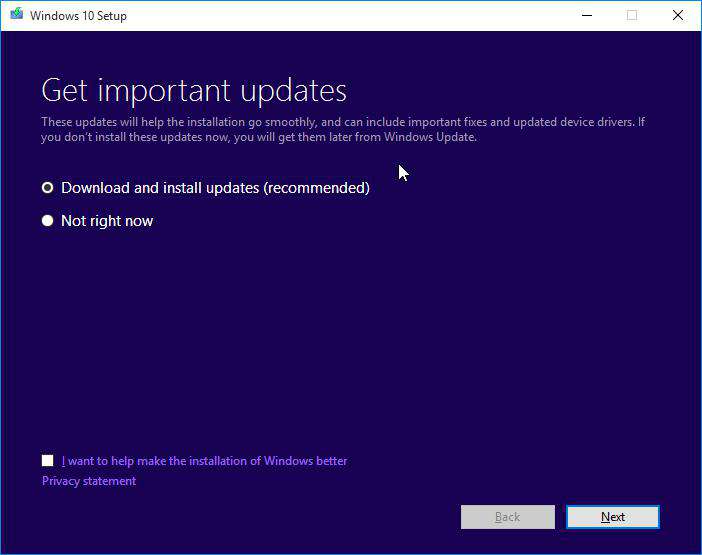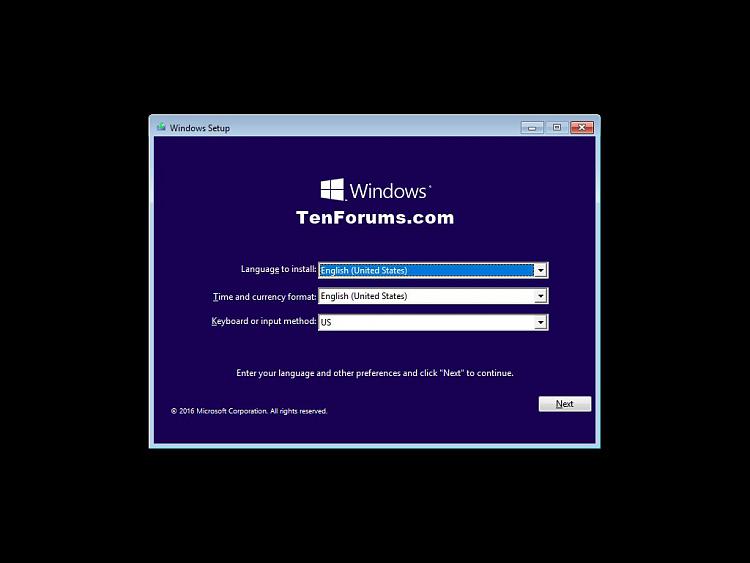


This may take a while.Īfter the scan has finished, please type in DISM /Online /Cleanup-Image /RestoreHealth /StartComponentCleanup /ResetBase and press enter. Then please type in sfc /scannow and press enter to let Windows first find and fix possible errors. Press ctrl+shift+enter to launch Command Prompt as administrator. Type in cmd to search for Command Prompt. Open a command prompt with administrator privilege: Important: click "Clean up system files" on the bottom left and then select Windows update cleanup in the list !Ĭlick "Delete Files" to start the clean-up. In the list of files you can remove, uncheck any you do not want removed. Right-click on the hard drive icon and select Properties.ĭisk Cleanup is going to take a few minutes calculating space to free up. Or you could restore a full image of Windows.įirst off we start with the built-in Disk Cleanup: I would recommend it on a regular basis, especially the cmd sfc /scannow and dism are helpful, instead of a total new installation, which also involves a lot of customization work.

In some situations and also because Windows has a lot of automatic updates this can be very handy and extremely helpful and also Windows feels more stable, faster and lightweight after (for example a lot less to load). Before my Windows folder was like 25Gb big and now just 16GB slim. In my experience I can debloat/free/shrink/cleanup up to 10GB of disk space with these little helpers. If you already de-installed all unnecessary programs this article might help you. Over time Windows 10 and specifically the Windows folder can get very huge sometimes 20GB and much more.


 0 kommentar(er)
0 kommentar(er)
